‘South Bristol loses again’: new race to save athletics track
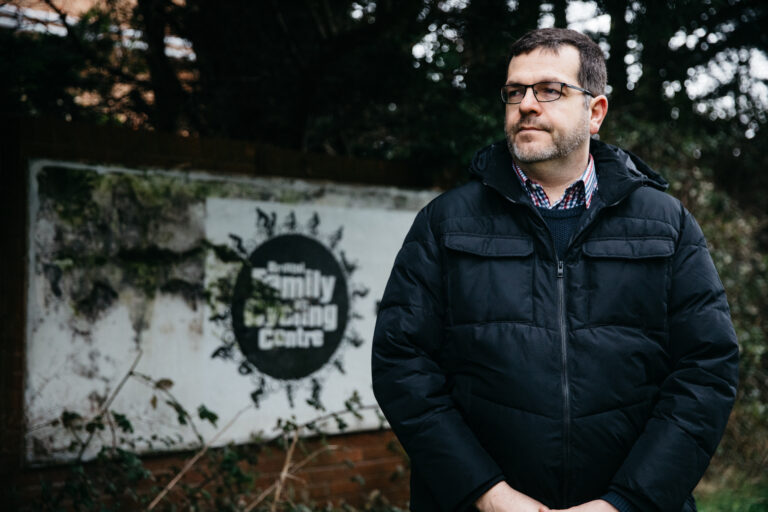
Local dad John Pearce, who is leading the campaign to renovate Whitchurch Athletics Track. Photo: Alexander Turner
In 2022 a BBC series aired in which former England cricketer Freddie Flintoff went back to his hometown, Preston, to see if he could use cricket to help young lads with limited opportunities.
It was cheesy TV, but the show beautifully captured the powerful social role sport can play, especially for young people in deprived areas. As someone who played cricket growing up, it moved me.
While the second series was showing in summer 2024, a campaign emerged in Bristol to save a disused athletics track in south Bristol. With athletics facilities largely non-existent south of the river, campaigners are calling for the regeneration of the former Whitchurch Athletics Track, which is set to be bulldozed as part of the massive Hengrove Park development.
“You need more than just housing,” says John Pearce, a local dad-of-three who spearheaded the campaign, spurred by his kids having to travel across Bristol to take part in athletics.
“My heart just bleeds for these kids who have the potential but not the opportunities,” he says. “This is a resource that is rotting away on our doorstep.”
Since 2016 the track has been used by a council-run cycling centre, which is being relocated to the other side of the city in Lawrence Weston. Outline planning permission has already been granted for the Hengrove Park development of 1,400 homes.
A further application is expected this year, affecting the athletics track. With the wheels of a major housing development already in motion, will the planning process have too much momentum for campaigners to stop?
‘Athletics can be vital for young people’
“Our vision is to see this regenerated for the local community,” says John, showing me the eight-lane track, built in the 70s but closed, apart from a few special permissions, in 2010. “We could open it as a resource for local schools, do youth work here, and […] positively impact the area.”
This comes at a time when youth services in south Bristol are being centralised, with a big new ‘Youth Zone’ opening between Hartcliffe and Knowle West in 2026.
John informs me that Olympians Nick Rose, Emily Diamond, and Kate Reid once trained here, as well as England rugby star Ellis Genge.
“My daughter is a very keen athlete and my son trains with Bristol and West Athletic Club in Whitehall,” says John. But the Whitehall track only has six lanes, so can’t hold competitions, and the other facilities are miles away in Yate and Filton.
“It costs us a bomb, our kids play lots of sport,” John says. “There may be families in this area that can’t afford to support it.”
“On no level are we anti-housing […] It’s south Bristol, where there are issues around deprivation.
“Athletics is a very accessible sport with a low-cost entry point, which we see as perfect for people who might not have the resources to trek all the way over to Whitehall.”
This is a resource that is rotting away on our doorstep.
John Pearce
The campaign has won support from athletics legends like Daley Thompson and Chris Akabusi, and a petition has reached 5,000 signatures. In November 2024, campaigners set up the Whitchurch Athletics Track Community Association to raise the profile of the issue and potentially attract funding.
John, who is training to become a youth worker, says more athletics opportunities could tempt young people away from anti-social behaviour – explaining that kids sometimes use the abandoned track when they’re not supposed to. “Schools in this area [are] telling me they’ve got kids who have got real potential but they can’t do anything with it.”
The Cable recently reported on initiatives by Bristol City charity The Robins Foundation to use sport as a positive outlet for young people, especially when youth violence is on people’s minds following the conviction of the killers of Knowle West teenagers Max Dixon and Mason Rist.
Jim Kyle, a local para-athletics coach, says regenerating the track could also offer opportunities to people with disabilities. He coaches in Yate: “People [are] coming from south Bristol with great difficulty. You come with a helper. You have to go across the city.”
He adds that the family cycling centre being relocated to Lawrence Weston works with kids from local special schools and provides them with specialist equipment.
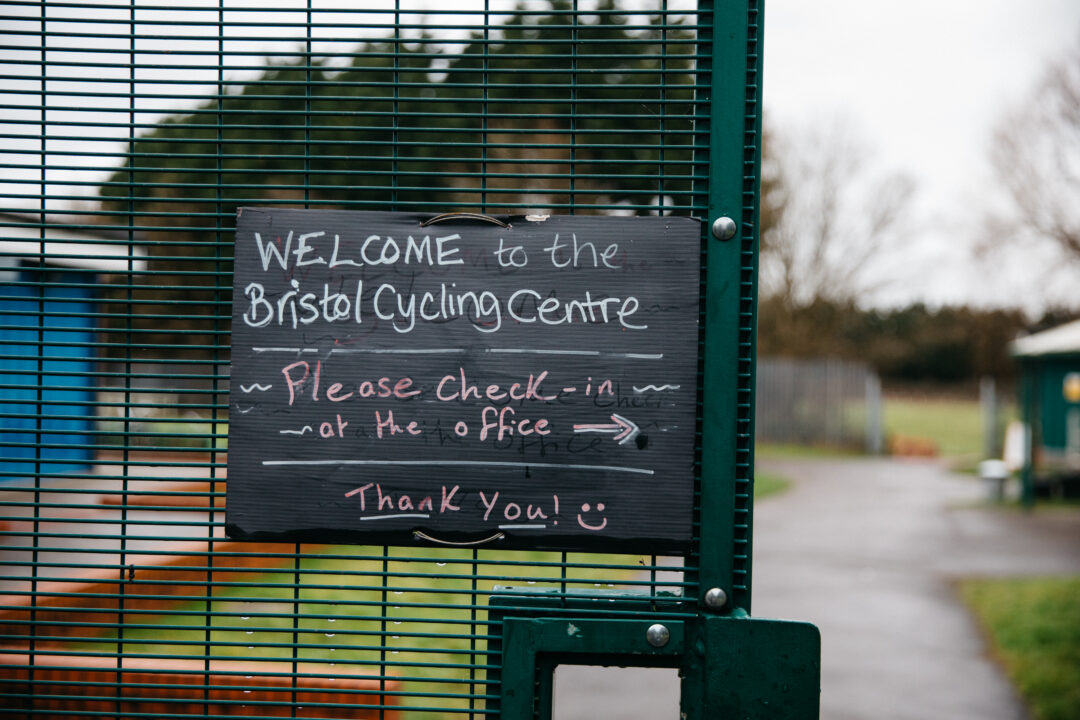
How did we get here?
In 2020, outline permission for the Hengrove Park masterplan was granted, including 1,400 new homes – 50% of which will be affordable – and new sports facilities.
Since then, a new £4m clubhouse has been built to allow St Bernadette Rugby Club to relocate, from right by the track to Hartcliffe.
And in December, the council released a consultation on plans for the new cycling hub in Lawrence Weston. The council needs to submit a business case for this £15m project to WECA this spring for approval.
Construction on the Hengrove Park project has already begun, and further consultation is expected ahead of a planning application on phase two – which is the part that affects the track.
But how was the first consultation?
Drew McClellan, former chair of Southville Running Club, which has been putting on weekly summer sessions at the track since 2018, says: “I don’t think there was any consultation with the people who used the track,” he says. “Southville Running Club wasn’t approached in the consultation process.”
“I think because the council officially closed that site as an athletics track in 2010, when they did the consultation and planning process, they just considered it waste ground they could build on, with no thorough investigation,” he says. “What we’re telling them is that this is a valuable resource with lots of potential and current active use.”
Between 2018 and 2020 there were lengthy discussions with Sport England about the sports provision in the development plans, but these mostly focused on increasing the sports pitches in the new park and the relocation of the rugby club. The athletics track is rarely mentioned.
Correspondence with Sports England from 2018 says that England Athletics didn’t object to the plans, as the athletics track is no longer an active facility, and that there will be suitable running routes with adequate lighting around the development.
According to Drew, as many as 60 people run at the track during the summer. He says installing floodlights and stopping the track getting waterlogged would allow them to use it more often. “It’s frustrating because as a facility it’s 90% there. With a bit of TLC and some investment, it could be really great all year round.”
“The demand in south Bristol for running has become so massive.”
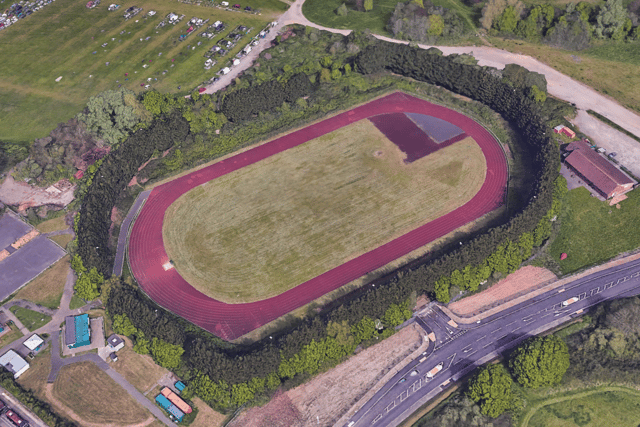
Too many hurdles in the planning process?
After meeting with campaigners and council-owned housebuilding company Goram Homes in the summer, council leader Tony Dyer said it would be too disruptive to the development to save the track.
In a letter to campaigners, he said: “The retention of the running track would have a serious impact on the scheme and require us to completely redesign the proposals and resubmit them for approval. I do not feel this would be the right decision when we have such an urgent need to build new homes for our city.
“There are 127 houses and gardens planned for the former running track space,” he continues. “Putting the same number of homes on the central green space would significantly reduce the park and prevent us from delivering the sports facilities and recreational spaces identified as needed by the local community.”
He pointed to other sports facilities in the area, including Hengrove Leisure Centre, and council plans to build a new multi-use games area at Filwood Playing Fields.
He urged campaigners to help shape the new sports facilities in Hengrove Park, where there will be the equivalent of 30 football pitches of park, creating space for a new sports pavilion, sports pitches, and a trail that could be used for walking and running. The details of these facilities will be shaped by the upcoming consultation.
Lib Dem councillor for Whitchurch Andrew Brown says he would happily “help campaigners in finding alternative solutions and potential alternative sites”.
But Drew doesn’t see a new facility as realistic: “Renovating an existing facility and letting the community put in the work to raise the money is a real viable way of turning that facility into something that can benefit the people of south Bristol, and would break even. That is a realistic prospect.
“Destroying this and building a new facility would be a bigger waste of money than redoing some planning work.
“Knowing what we know now, it would be worth spending a bit of money redoing the plans and thinking about how the whole of the site could be used in a different way.”


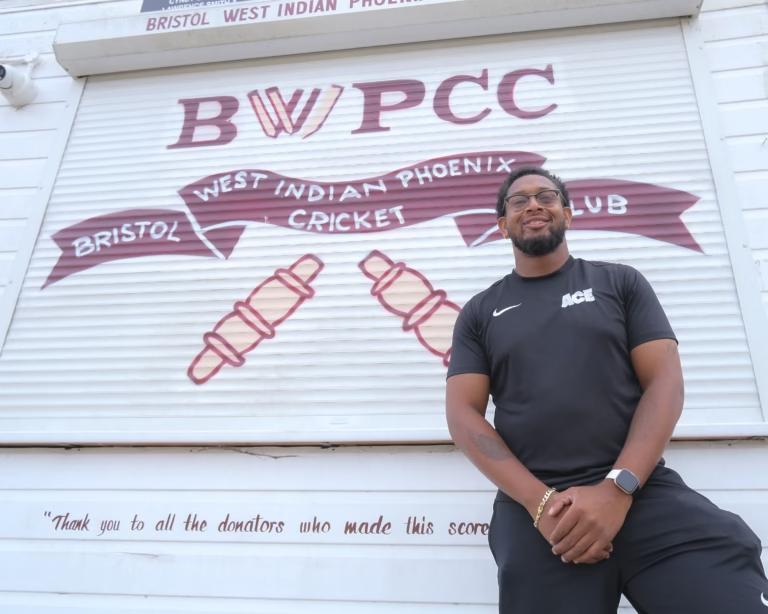
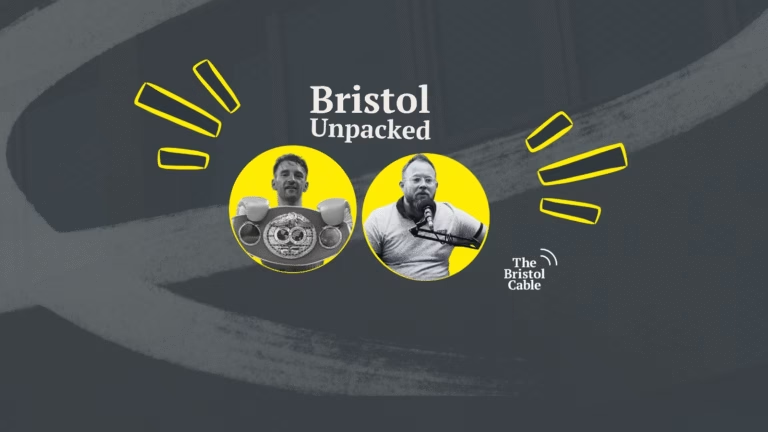



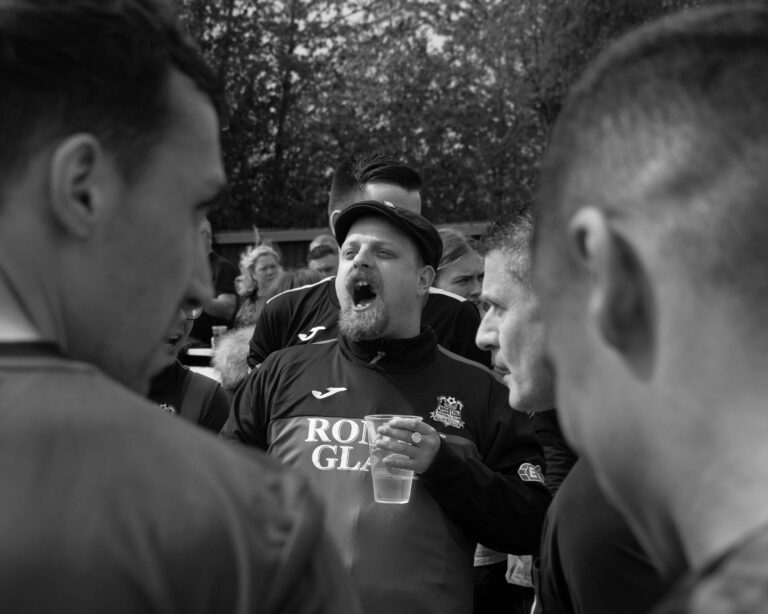
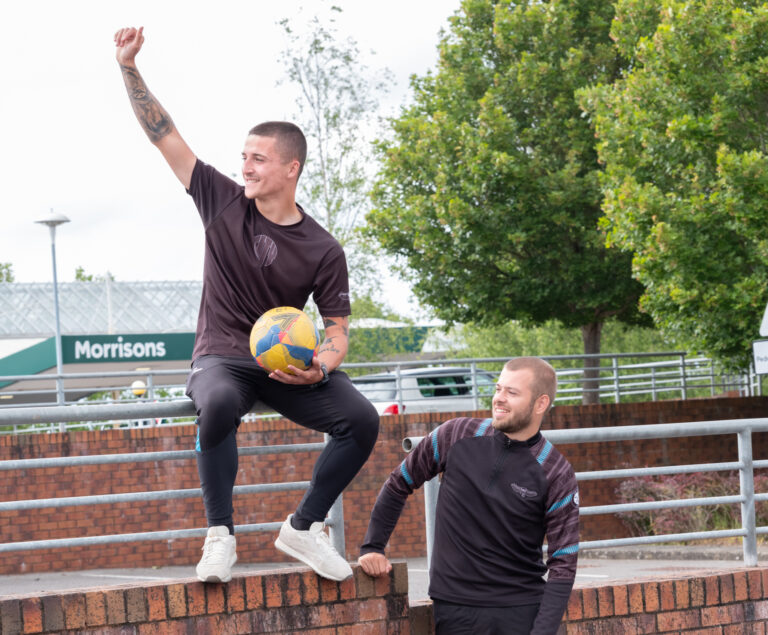

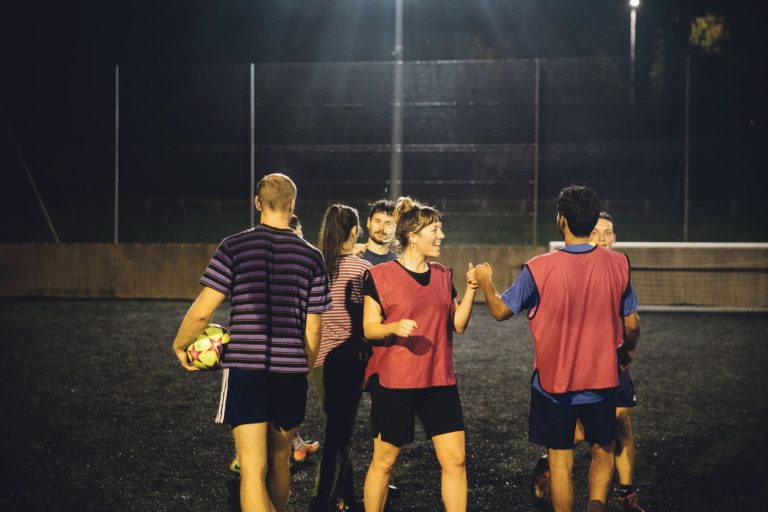

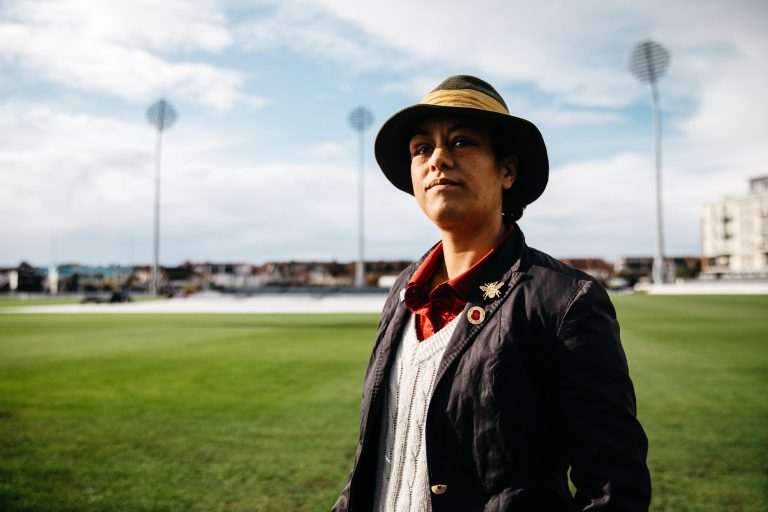

Report a comment. Comments are moderated according to our Comment Policy.
This is very one-sided article. “As many as 60 people” use the track? So basically no-one?
Bristol and the wider UK desperately needs housing. Build it, forget the running track.